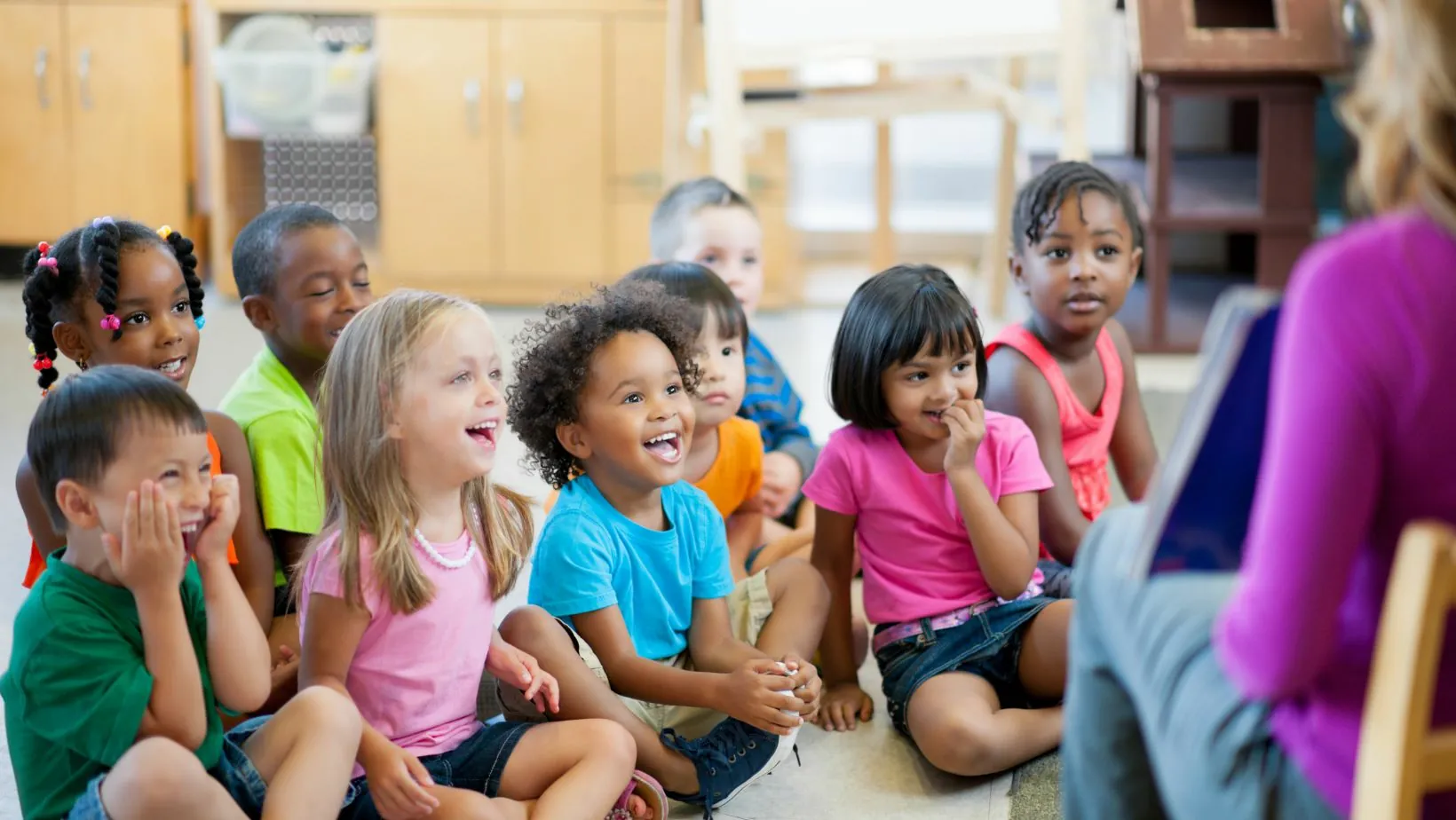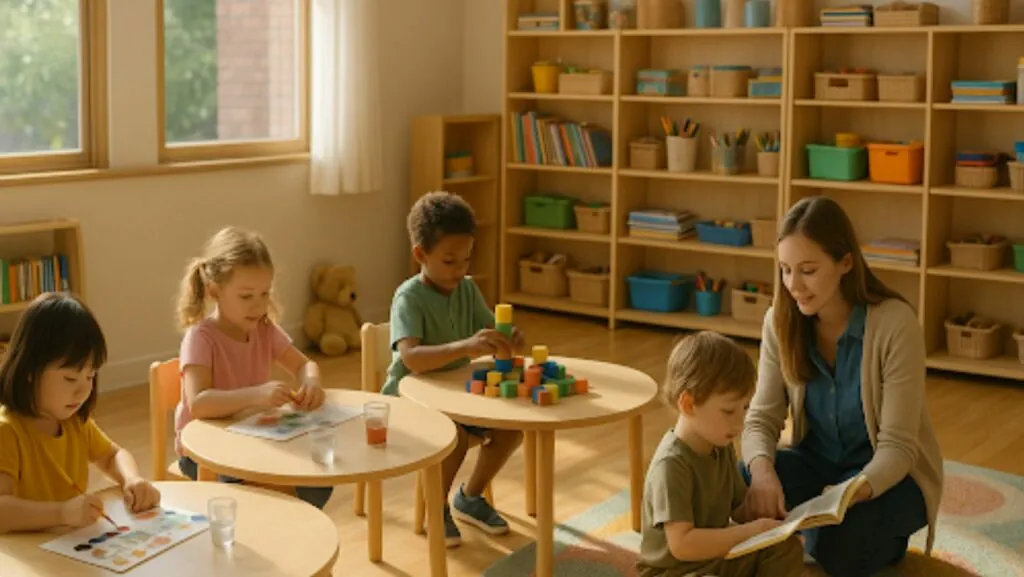Table of Contents
ToggleThe Early Years Matter
When parents think about their child’s future, the earliest years often hold the most lasting impact. These formative stages are when children begin developing not only language and motor skills but also the emotional resilience and curiosity that fuel lifelong learning. Choosing the right environment during this period is not simply about convenience; it is about laying a foundation for future success. Families often find themselves asking: Where will my child feel safe, engaged, and supported as they grow?
Balancing Home and Learning Spaces
Every household strives to create a nurturing atmosphere. Still, parents soon realize that children also benefit from structured settings beyond the home. Whether it’s through playgroups, early learning programs, or community-driven environments, these opportunities offer children a chance to interact with peers, follow routines, and explore subjects guided by caring educators. For families considering different options, such as daycare in Dayton OH, the choice is rarely just about logistics; it is about aligning values, goals, and expectations with what a program can provide.
The Social and Emotional Dimension
While academics often capture the spotlight, social and emotional development is equally important. In supportive early learning environments, children practice empathy, cooperation, and conflict resolution. These skills are not abstract—they play out every day as a child learns to share toys, wait their turn, or comfort a peer. For parents, understanding how a program approaches these “soft skills” is vital. A center that actively teaches kindness and self-regulation contributes as much to long-term success as one that prioritizes letters and numbers.
Building Independence Through Structure
Young children thrive on routine. Knowing when to expect story time, outdoor play, or snack creates a sense of security and predictability. This structure does more than keep the day organized—it teaches children responsibility. Simple tasks like hanging up a backpack or cleaning up blocks show children that they are capable of contributing.

Over time, these routines foster independence and confidence, qualities that empower them as they grow into more complex school settings.
Learning Beyond the Classroom
Early education is not confined to books and chalkboards. It happens in gardens where children plant seeds and watch them sprout. It happens in art rooms where colors and textures ignite creativity. It even happens on the playground where problem-solving and negotiation take center stage. Parents evaluating programs should ask how a center integrates hands-on experiences into learning. Activities that blend play with exploration help children make sense of the world while cultivating imagination and curiosity.
The Role of Teachers and Caregivers
One of the most influential factors in a child’s early learning journey is the quality of their teachers. Warm, attentive educators can transform any setting into a nurturing space. Parents should look for staff who not only meet professional qualifications but also display genuine care and patience. The way a teacher kneels to speak at a child’s eye level, encourages effort instead of perfection, or celebrates small milestones—all of these gestures send messages of belonging and worth.
Family Involvement as a Partnership
The most successful learning environments view parents as partners. Programs that invite families into the process—whether through regular updates, parent workshops, or family events—foster stronger outcomes. When parents and educators work together, children benefit from consistency in values, expectations, and routines. Families should feel empowered to ask questions, provide feedback, and participate in their child’s growth journey. This sense of collaboration not only reassures parents but also models for children the value of community and teamwork.
Considering Practical Needs
Of course, parents must balance ideals with practical realities. Location, schedules, and affordability all matter. But while these factors influence decision-making, they should not overshadow the central goal: finding a safe, engaging space where a child can thrive. Parents weighing options like daycare in Dayton OH may discover that the best choice is the one where their child feels seen, supported, and inspired. It is worth visiting centers in person, observing classrooms, and speaking with staff to gain a true sense of the environment.
Preparing for the Transition
Starting in a new learning environment is a milestone for both children and parents. It often brings excitement, nerves, and questions. Preparing a child can involve simple steps like reading books about school, practicing short separations, or visiting the center together before the first day. These actions reassure children that the new experience will be safe and positive. Parents, too, benefit from preparation, as understanding what to expect helps ease anxieties and strengthens trust in their decision.
A Long-Term Perspective
Ultimately, the choice of an early learning setting is about more than the present moment—it is about planting seeds for the future. Children who feel supported during their early years develop resilience, curiosity, and a sense of belonging that carry into elementary school and beyond. Parents who invest time in choosing the right environment are not only addressing today’s needs but also giving their children tools for tomorrow. By balancing practical considerations with thoughtful evaluation of values and teaching approaches, families can make choices that align with their vision for their child’s growth.

